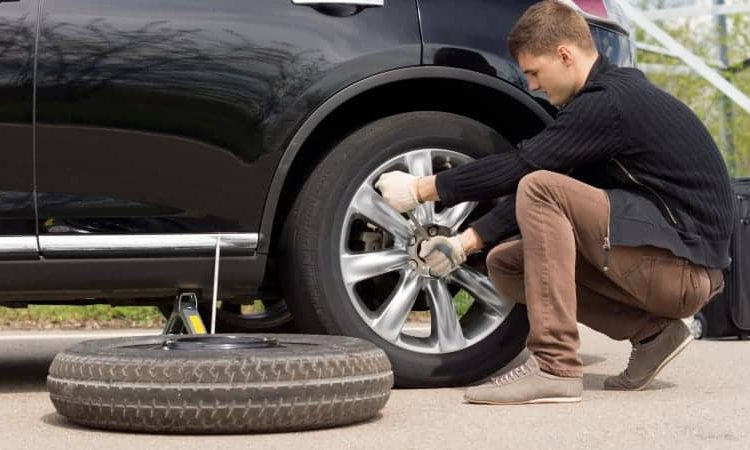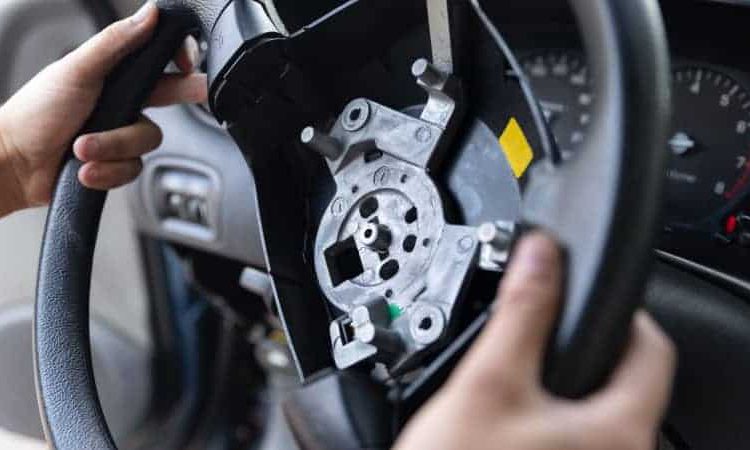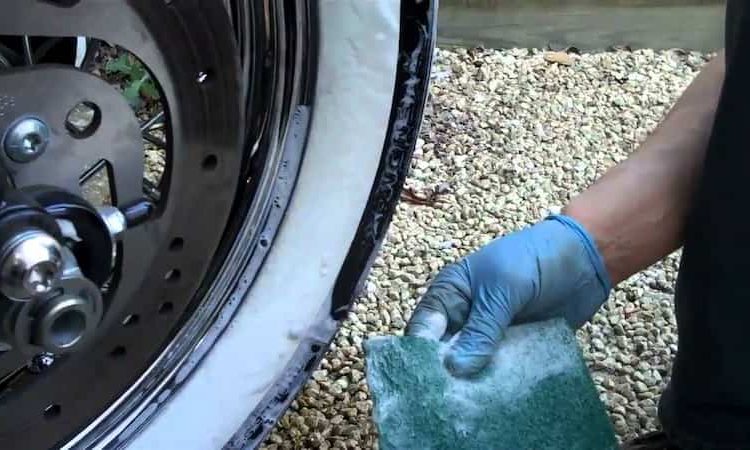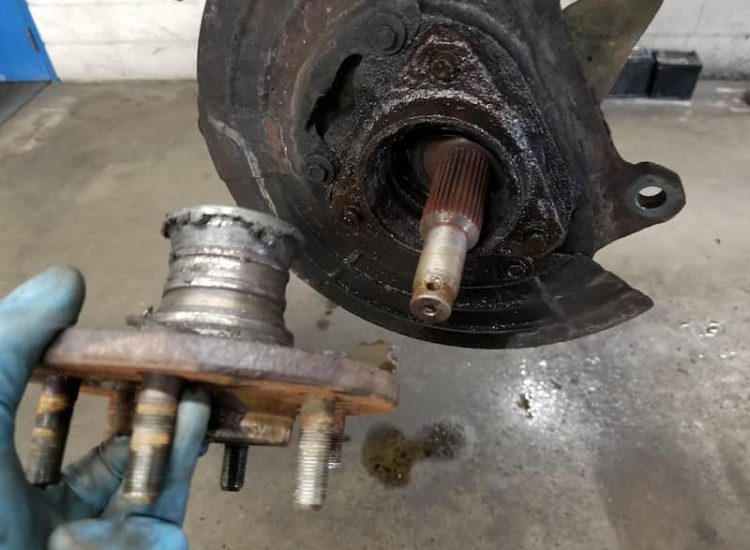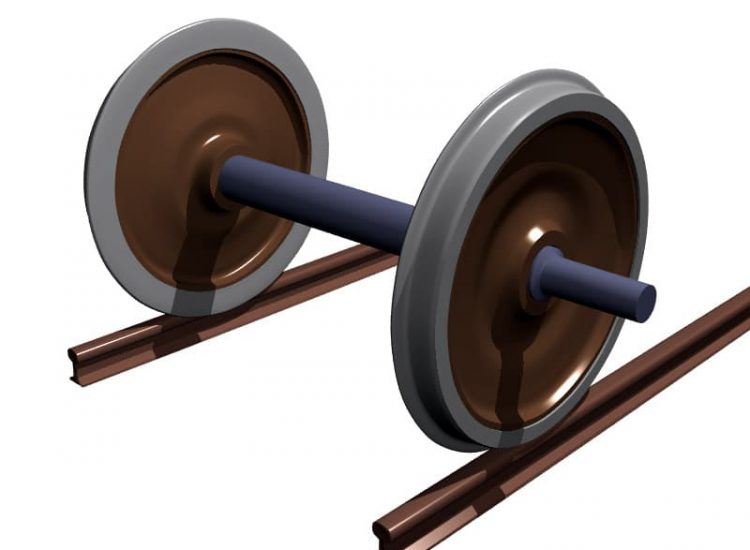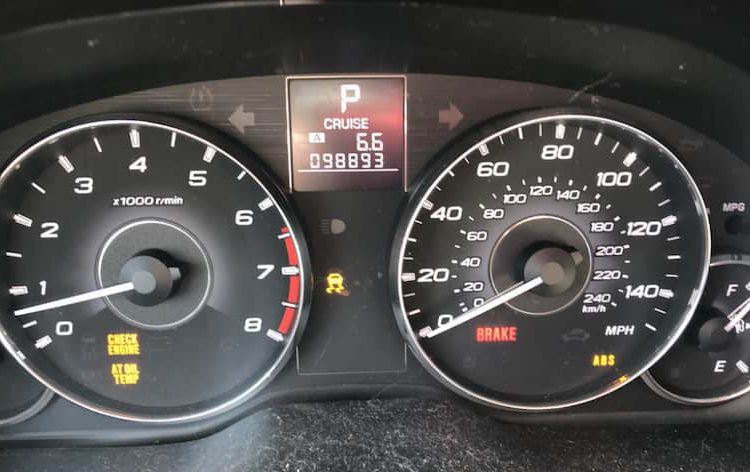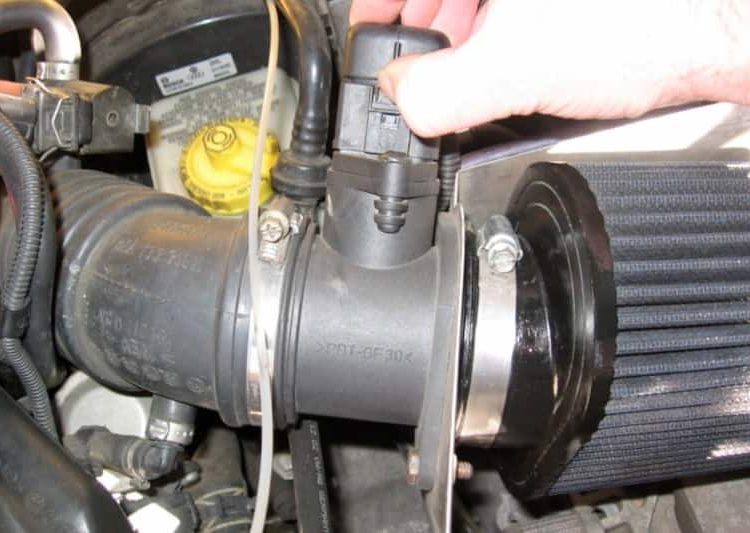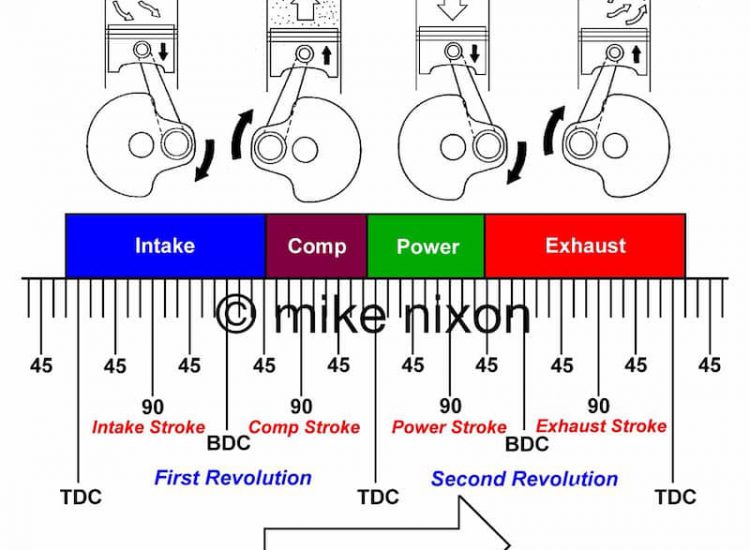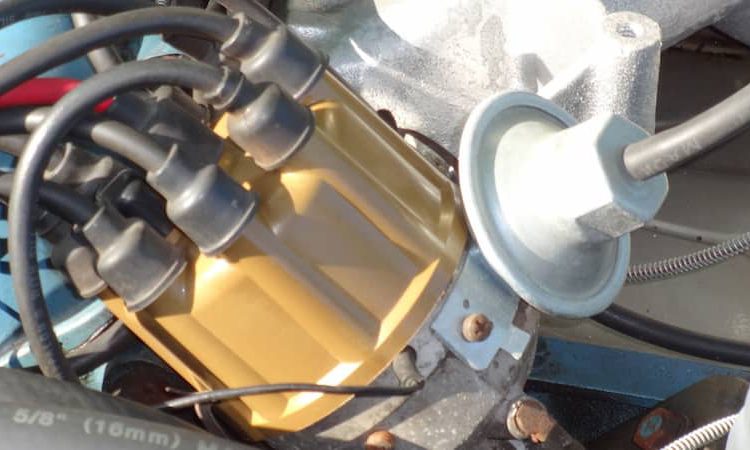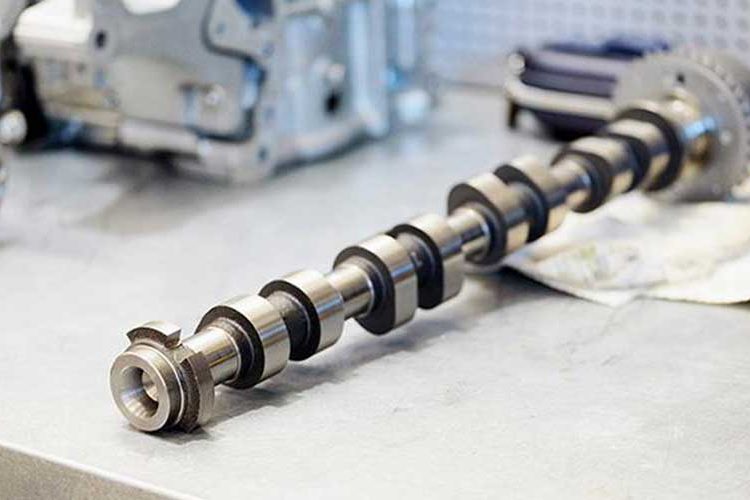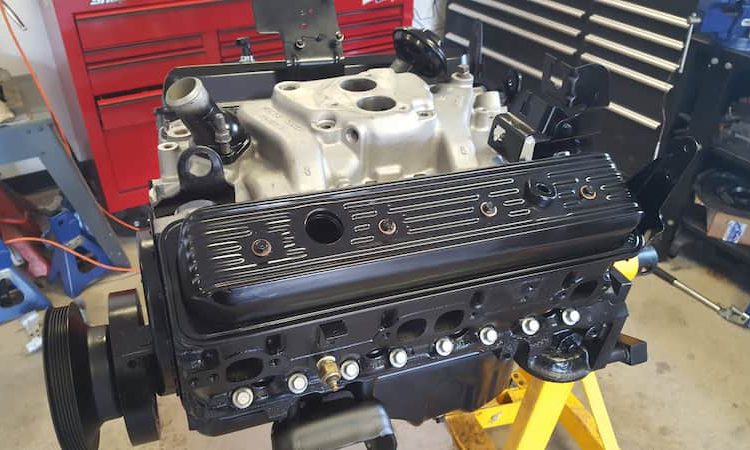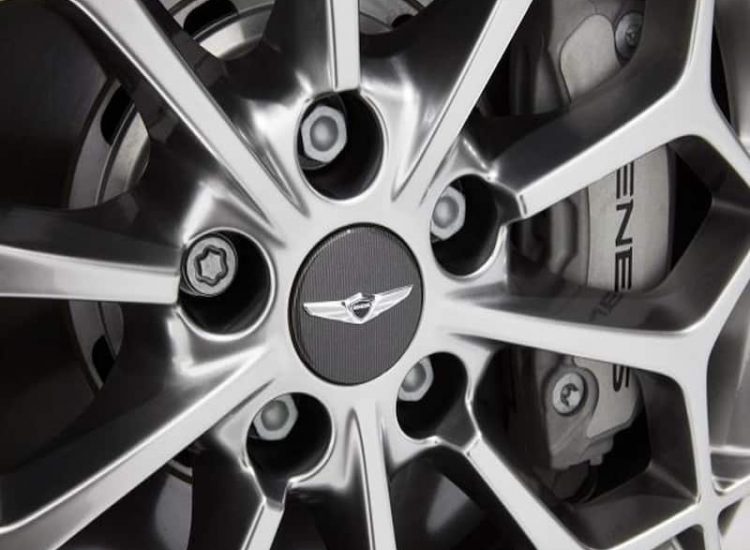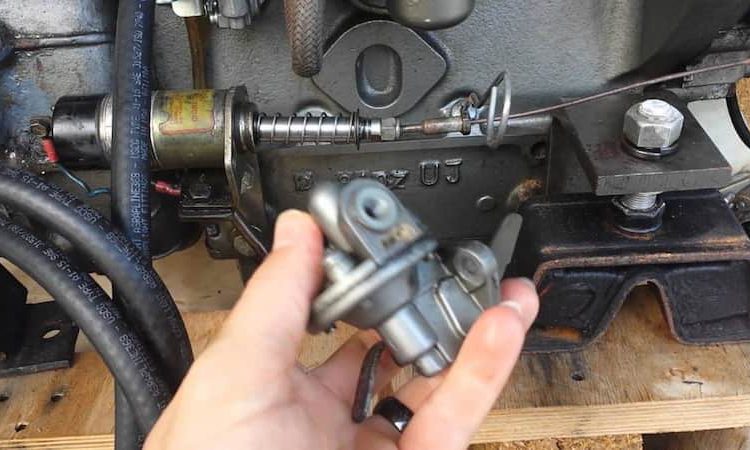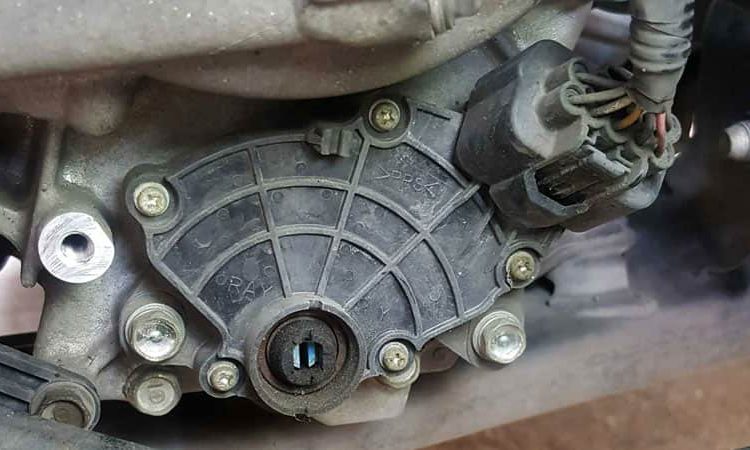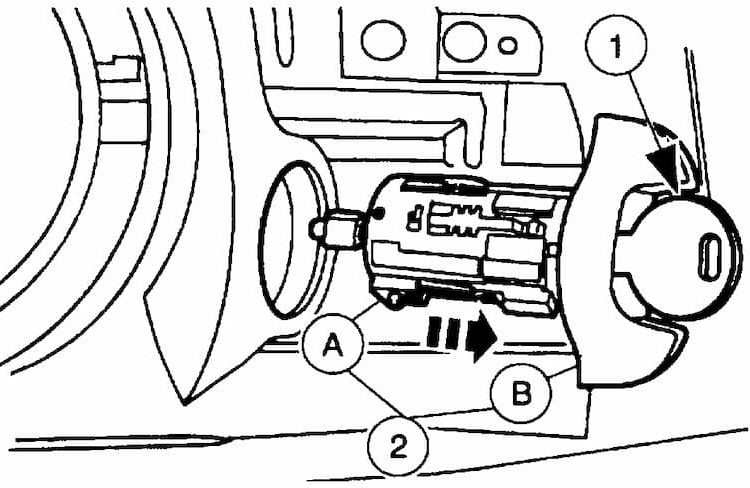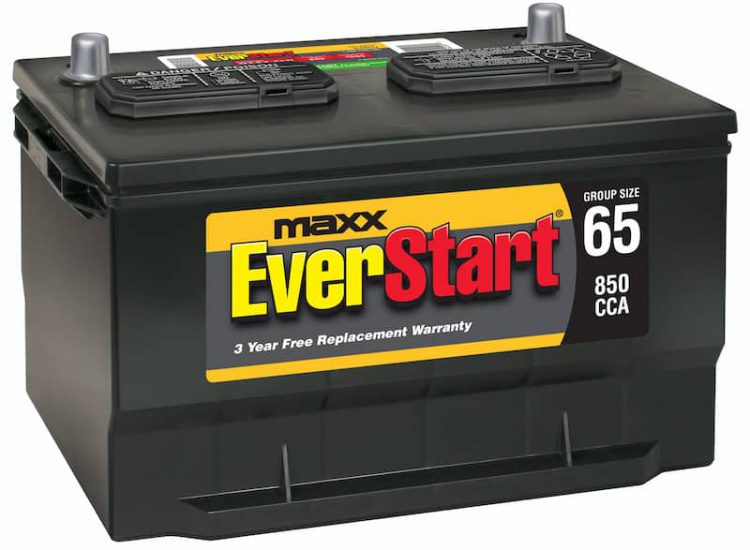As you know, refrigerant is one of the compounds that play an essential role in the car air conditioning system. Its main job is to be the coolant inside your car, keeping everyone comfortable when traveling in hot weather.
Toc
Currently, many people have asked: “How to remove refrigerant from the car at home?” This removal is quite tricky and can be dangerous for operators if they do not understand the refrigerant well.
The following article will guide you on how to remove refrigerant from car AC.
What Is An Automotive Refrigerant?
Automotive refrigerant is a chemical used to produce cool air from a car’s air conditioner. Therefore, all cars today use this chemical. Without it, your car wouldn’t be able to generate cold air. The air conditioning system will not function or operate less efficiently.
In addition to refrigerants, one of the compounds that also have a cooling effect on cars is the engine system coolant. If the coolant level drops below the permissible level, the vehicle’s engine temperature will increase. From there, engine problems will affect the performance of the car.
The air-conditioner compressed air refrigerant will heat up in terms of operating mechanism but not for a long time. A coil in the car’s air conditioner then cools the refrigerants back down and turns them into a liquid.
This liquid will pass through the expansion valve of your car’s air conditioner. At this point, the refrigerant will be continuous until the liquid evaporates and turns back into a gas.
How To Remove Refrigerant from Car AC?
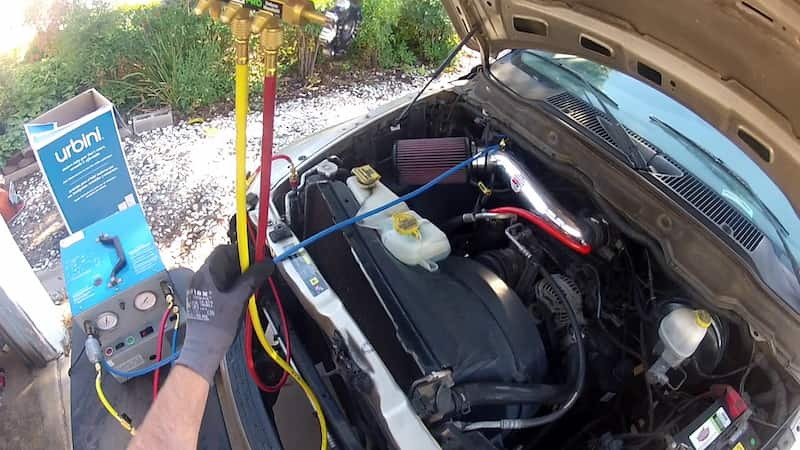
Removing refrigerant from the car at home requires the operator to understand the operating principle and structure of the car’s internal components. So how to remove refrigerant from the car at home? To make this work, you will need to go through the following 3 steps:
Step 1: Search the hoses and find the low-pressure service port
In this step, you will need to use the recovery machine. Then connect the restorer’s service hoses to your car’s air conditioning system ducts. After clicking the hoses, look for the vehicle’s low-pressure service point.
The best way to find this is to look for them on the back of the air conditioner compressor’s assembly line. If you follow the pipe and chain assembly, you will find the low-pressure line at the back of the AC compressor.
Step 2: Start the recovery machine
Once you have located the low-pressure port and connected the pipes, you can start the recovery machine.
Activating the restorer will aim to suck refrigerant gas out of your car’s air conditioner. When you connect the refrigerant recovery Schroeder valves to the air conditioning system, it creates a vacuum.
All the refrigerant will then come out of your car’s Ac system.
In addition, with some liquid coolants, the recovery machine will need time to vaporize them before proceeding to suck those gasses out of the car. Users will not need to use any additional kits for this vaporization process.
A unique feature of this machine will be the ability to automate. The unit will automatically turn off when your air conditioning system runs out of refrigerant. Therefore, you will not need to waste time waiting and checking the refrigerant level.
Step 3: Disconnect the recovery machine
With this step, you will disconnect the pipes and remove the recovery machine.
Remember to close the server pipe valve before disconnecting the recovery machine. Otherwise, your AC compressor will be damaged because it will not blow cold air when the car is idling.
In addition, by removing refrigerant from the car, you can temporarily clean the cold air intake filter of the air conditioning system. It will help you protect your air conditioning system effectively after a long time of use.
Some Small Notes
- Wear gloves and safety glasses
- Check the refrigerant level on the vehicle if possible
- Release the compressor after draining the refrigerant from the car air conditioner
- Check carefully if the car has not started.
- You should ask an additional person to assist in performing refrigerant suction.
Frequently Asked Questions(FAQ’s)
+How do you get refrigerant out of a car air conditioner?
To effectively remove refrigerant from the air conditioning system, you will need to connect the vacuum pump to the low-pressure service in your car. Then start the vacuum pump and wait for a few minutes for it to suck the refrigerant out.
+How much does it cost to remove refrigerant from car AC?
The user’s cost for 1 refrigerant suction will range from $100 to $300 on average. This price varies depending on the supplier and the skill level of the technical staff.
Therefore, you will need to research the car repair and maintenance service providers before using their services.
+Does pulling a vacuum remove refrigerant?
You do not need to use a vacuum pull and can still suck the coolant out of the air conditioning system.
+Does a faulty refrigerant system affect the temperature?
The answer is yes. If the refrigerant is not cooled regularly, it will overheat the car. From there, your vehicle may experience a car running hot but not overheating.
Conclusion
Hopefully, the article will help you better understand removing refrigerant from your car. To do this, you will need to use a recovery machine tool. This device will work to suck all refrigerant out of the air conditioner.
However, before proceeding with this work, you will need to observe some rules regarding the handling of refrigerants.
If you have any further questions, don’t hesitate to leave a comment in the section below. We will actively respond and provide an accurate answer.
Do not forget to share this article on social networks to let more people know.
